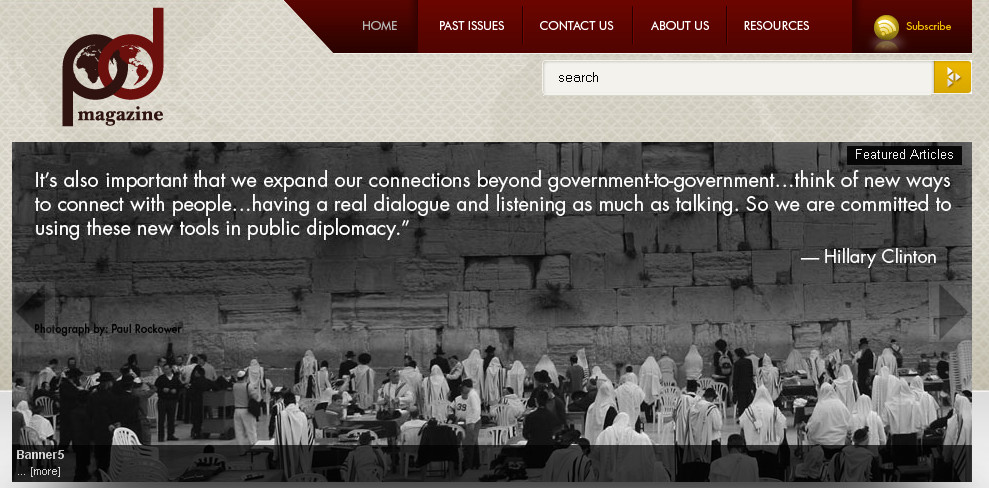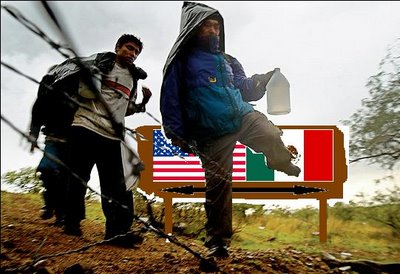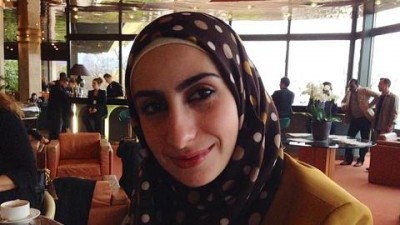The Comparative International Politics of Democracy Promotion
Edited by Jonas Wolff, Hans-Joachim Spänger, and Hans-Juergen Puhle
London: Routledge, 2014.
Despite more than two decades of extensive policies and scholarly research, democracy promotion still remains a field with a number of unanswered questions. On an empirical level, still little is known about which democracy promotion strategies may result in the democratization of target countries. While not so much interested in the strategies, Wolff, Spänger, and Puhle aim to understand the beginnings of democracy promotion by looking into the process and rationale behind elevating democracy promotion into a foreign policy priority. While democracy promotion rhetoric has been present in foreign policies of many democratic states, it has often yielded to more strategic objectives. Understanding the factors prevalent in developing democracy promotion and balancing out of “material incentives, on the one hand, and normative dispositions, on the other” (p. 3) is the main objective of this edited volume. By means of 12 case studies and systematic comparison, the book analyzes “conflicting objectives” within the policies of democracy promoters and factors that may encourage or hinder democracy promotion.
Asking “how democracy promoters deal with conflicting objectives” (p.3), the book focuses on democracy promotion by the United States and Germany. The book obviously contributes to comparative democracy promotion studies, which would still greatly benefit from insightful contributions. By focusing on the United States and Germany the book adopts a state-centric approach. Although Germany may not cover the same ground with its democracy promotion programs as the United States, these two cases are argued to be comparable and represent two divergent sides of the democracy promotion spectrum: while Germany is argued to be an example of a civilian power, the United States is argued to embody a freedom fighter approach. It also goes beyond existing comparative literature on democracy promotion and avoids the lightly beaten track of comparing the United States to the other most visible democracy promoter—the European Union. A sui generis organization (p. 18), the European Union may match the breadth and depth of United States programs by the plethora of its own policies. However, at the same time, it can influence the outcome of democracy promotion by offering the membership perspective, thus rendering the comparison largely invalid. Nevertheless, to some extent the conclusions on Germany may also be applied to the European Union, which has also repeatedly been called a civilian power.
The choice of the research issue, the democracy promoters, and the six recipient countries as targets of democracy promotion also dictate the structural division of the book. The first three chapters are combined in Part I and present the research agenda (Wolff and Spanger), introduce two democracy promoters (Poppe, Woitschach and Wolff), and outline the determining factors in the choice of democracy promotion strategies on the norms-interests divide (Schewe and Wolff). Paving the way to the empirical chapters, the authors outline 12 pairs of states and configurations of the determinants of democracy promotion: relative power, security interests, economic interests, special interests, political culture, and international norms. Depending on promoter-recipient configuration, the determinants of democracy promotion are also expected to diverge. Part II consists of country chapters, which analyze democracy promotion by two promoters in Bolivia (Wolff), Ecuador (Wolff), Turkey (Karakas), Pakistan (Graf and Wurm), Belarus (Babayev), and Russia (Spanger). Each empirical chapter contrasts the determinants of the democracy promoters and juxtaposes those with the behavior of recipient countries. Part III concludes the book, presenting theoretical and practical implications.
Wolff, who contributed to most of the chapters of the book, concludes that “democracy promotion is a complicated business” (p. 253). One of the important contributions of the book, and the conclusion written by Wolff, is the acknowledgement that instead of straightforward questions and answers, democracy promotion research needs “a broad overview” (p. 253). This argument demonstrates that democracy promotion is a nuanced endeavour with complex patterns of strategies and actions. While the book mainly analyzes the development of democracy promotion by focusing on conflicting objectives of the democracy promoters, it prepares a fertile ground for understanding the whole process of democracy promotion, especially its implementation. The book makes a timely contribution of connecting the developmental and implementation parts of democracy promotion, which may potentially lead to understanding specific strategies and their outcomes. The analysis of specific case studies and the introduction of an analytical framework should be of interests to scholars and students of democracy promotion and foreign policy and can rightly find their spot in relevant graduate and post-graduate curricula.
—
Dr. Nelli Babayan is a researcher at the Freie Universität Berlin.









